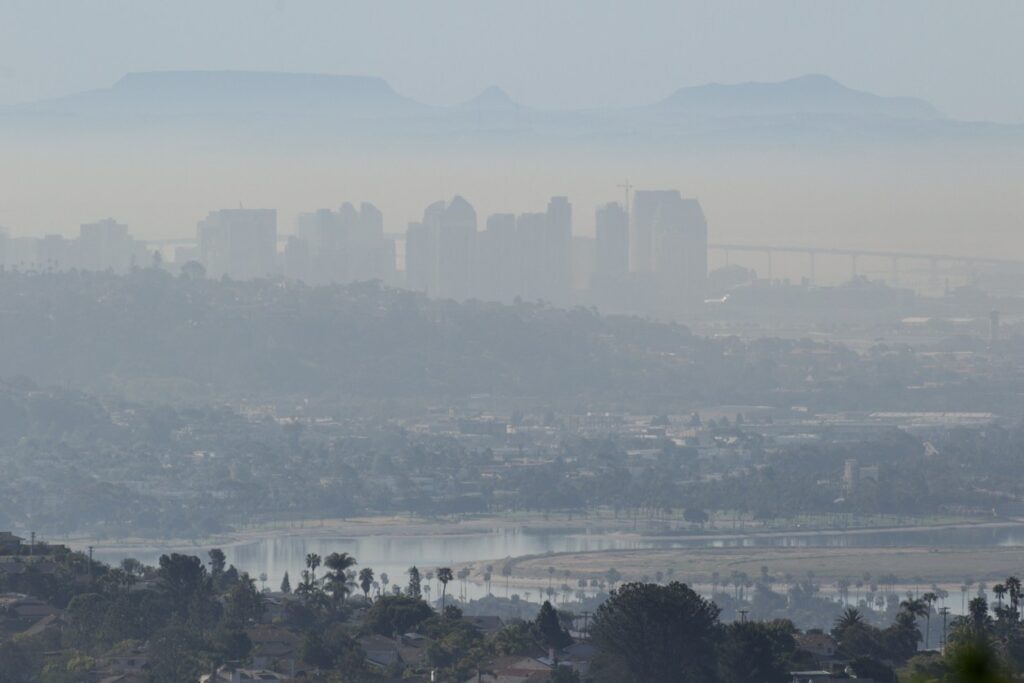
Investigating the impact of California’s carbon cap and trade program on disadvantaged communities
California is recognized as a global leader in addressing the climate crisis. In 2006, the California State Legislature passed Assembly Bill 32, requiring statewide greenhouse gas (GHG) emissions to reach…
California is recognized as a global leader in addressing the climate crisis. In 2006, the California State Legislature passed Assembly Bill 32, requiring statewide greenhouse gas (GHG) emissions to reach 1990 levels by 2020. But this action may have unforeseen consequences. To reach this goal, the Legislature included a cap-and-trade system, which sets a maximum limit, or “cap,” on total annual carbon emissions through the creation of tradable permits. Regulated facilities must either reduce emissions or purchase credits to account for their emissions over the cap, and the total statewide cap decreases over time.
GHG emissions, however, are often associated with emissions of other hazardous “co-pollutants,” including particulate matter, nitrogen oxides, and volatile organic compounds (VOCs) that can directly affect human health. Although the cap and trade program requires that overall emissions decrease, any specific, individual facility can buy GHG credits that then allow it to emit more GHGs — and co-pollutants — than it otherwise would. Even before the cap and trade program was implemented, ‘environmental justice’ communities, often low income communities of color on the frontline of polluting facilities, raised concerns over the impacts of co-pollutant emissions. Many of these communities are now concerned that the cap and trade program will result in a disproportionate number of facilities located in disadvantaged communities purchasing credits and continuing to emit hazardous pollution, even as the state overall sees its emissions decrease. The connection between the cap and trade program and higher pollution in disadvantaged communities is controversial and remains highly debated.
Through this project, we will investigate the relationship that California’s cap and trade program has to disadvantaged communities, whether the program may allow pollution to be concentrated in those communities, and how the program may as a result influence public health.
Client: NRDC Carbon Offset Program
Student Team: Briana Lopez, Kristen Soares, Sydney Beale, Kyle Alves, Andrew Navejas, Kirtana Valluri
Advisor: Dr. Aradhna Tripati
